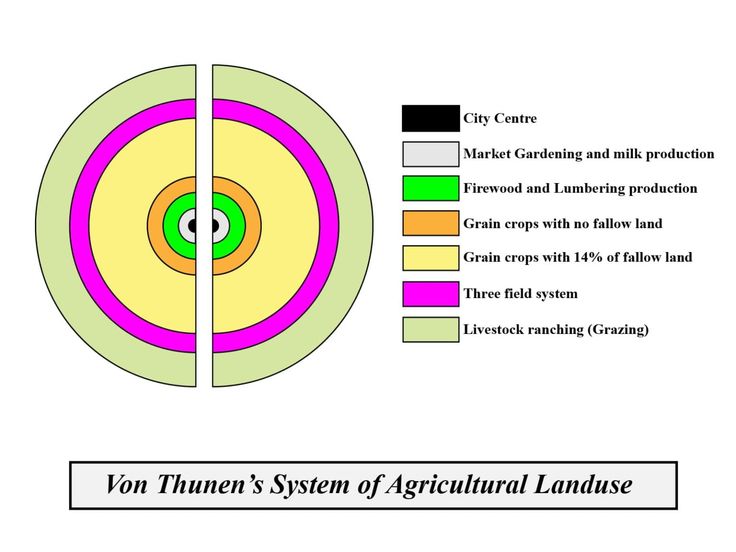Market gardening, also known as truck farming or market farming, is the commercial production of fruits, vegetables, flowers, and ornamental plants for sale in local markets, restaurants, and grocery stores. This practice has been an essential part of human geography for centuries, shaping the economic, social, and cultural fabric of communities around the world. In this article, we will delve into the complexities of market gardening and how it impacts human geography.
The History and Evolution of Market Gardening

Origins of Market Gardening
The origins of market gardening can be traced back to ancient civilizations such as the Mesopotamians and Egyptians, who cultivated crops for trade and barter. However, it was during the Middle Ages in Europe that market gardening began to flourish, with the rise of urban centers and the demand for fresh produce. In the 19th century, market gardening expanded to North America, driven by the growth of cities and the development of transportation systems that allowed for the efficient distribution of produce.
Technological Advancements
The industrial revolution brought about significant technological advancements in agriculture, leading to increased productivity and efficiency in market gardening. Machines such as tractors, harvesters, and irrigation systems improved crop yields and reduced labor costs, making market gardening a viable business for small-scale farmers.
The Importance of Market Gardening in Human Geography

Market gardening plays a crucial role in human geography, shaping the economic, social, and cultural landscape of communities around the world. Here are some ways in which market gardening impacts human geography:
Economic Impact
Market gardening is a vital source of income for small-scale farmers, providing employment opportunities and contributing to local economies. It also allows for the production of a diverse range of crops, promoting food security and reducing reliance on imported goods. Moreover, market gardening helps to create a direct link between producers and consumers, eliminating the middleman and ensuring fair prices for both parties.
Social Impact
Market gardening brings people together, fostering a sense of community and promoting social cohesion. Farmers’ markets and roadside stands are popular meeting places where locals can interact and support their local economy. Moreover, market gardening allows for the preservation of traditional farming practices and cultural heritage, passed down through generations.
Environmental Impact
Market gardening is often practiced on small plots of land, making it less damaging to the environment compared to large-scale industrial agriculture. It also promotes sustainable farming practices such as crop rotation, intercropping, and the use of natural fertilizers and pesticides. Furthermore, the proximity of market gardens to urban centers reduces the carbon footprint of transporting produce, making it an environmentally-friendly option.
Market Gardening around the World
Market gardening is a global phenomenon, with different regions practicing this form of agriculture in unique ways. Here are some examples of market gardening around the world:
Asia
In many Asian countries, particularly China, market gardening has been a part of traditional farming practices for thousands of years. Small-scale farmers use intensive cultivation techniques to produce a wide variety of crops, such as rice, vegetables, and fruits, for local consumption and export.
Africa
In sub-Saharan Africa, market gardening is thriving due to the continent’s growing population and urbanization. In countries like Senegal and Mali, small-scale farmers use sustainable practices to grow crops such as tomatoes, onions, and peppers, which are sold at local markets.
Europe
Europe has a long history of market gardening, with countries like France, Italy, and Spain being major producers of fruits and vegetables. With the rise of organic farming, many European countries have seen a resurgence of small-scale market gardening, with a focus on sustainable practices and local distribution.
Challenges Faced by Market Gardeners

Despite its numerous benefits, market gardening has its fair share of challenges. Here are some common obstacles faced by market gardeners:
Land Availability and Cost
With the rapid expansion of urban areas, suitable land for market gardening is becoming scarce and expensive. This makes it challenging for small-scale farmers to secure land for their operations, hindering the growth of this sector.
Labor Shortages
Market gardening is a labor-intensive activity, requiring a significant amount of manual work. However, with the rise of industrial agriculture and migration to urban areas, there is a shortage of skilled labor available for market gardening, making it difficult for farmers to meet growing demands.
Weather and Climate Change
Weather patterns and climate change can have a significant impact on market gardening, affecting crop yields and quality. Extreme weather events such as floods, droughts, and storms can destroy crops, leading to financial losses for farmers.
FAQs about Market Gardening

What type of crops are commonly grown in market gardens?
In market gardening, a wide range of fruits, vegetables, herbs, and flowers can be grown, depending on the climate, soil type, and consumer demand. Some popular crops include tomatoes, lettuce, cucumbers, peppers, and strawberries.
What is the difference between market gardening and industrial agriculture?
Market gardening typically involves small-scale farming on a few acres of land, using manual labor and sustainable practices. Industrial agriculture, on the other hand, involves large-scale production on thousands of acres, using heavy machinery and chemical inputs.
How can consumers support local market gardeners?
Consumers can support local market gardeners by purchasing produce from farmers’ markets, roadside stands, or participating in community-supported agriculture (CSA) programs. By buying directly from farmers, consumers can help sustain local economies and promote sustainable farming practices.
Conclusion
Market gardening has been an essential part of human geography for centuries, shaping economies, societies, and cultures around the world. With its many benefits, including economic stability, social cohesion, and environmental sustainability, market gardening is likely to continue playing a vital role in our global food system. As we face challenges such as land availability, labor shortages, and climate change, it is essential to support and promote this practice for the betterment of both producers and consumers.
